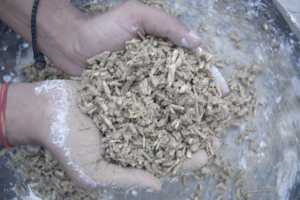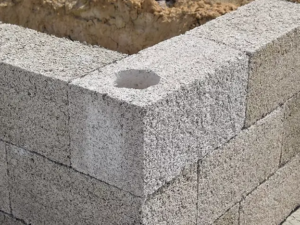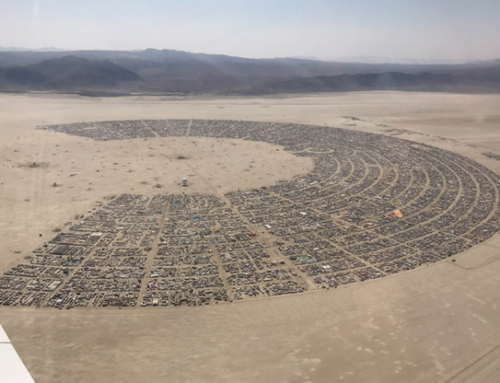- What is Hempcrete?
In order to create a strong, natural, environmentally friendly building material, lime or mud cement is combined with hemp shives, which are tiny pieces of wood from the plant’s stalk.

Hempcrete can be integrated with conventional building construction methods despite being lightweight and non-structural. Similar to conventional concrete, it can be prefabricated into building materials like blocks or sheets or cast in place. (1)
- The history related to Hempcrete
One of the first crops that humans domesticated was hemp. It is simple to understand why it has consistently been a sought-after product throughout history given its wide range of uses and applications. The fibers and stalks of the hemp plant are used in clothing, paper, and biofuel, while the seeds and flowers are used in natural health foods, medications, and organic beauty products. Even the leftovers from the production of hemp fiber, known as hemp shives, are now used to make sustainable construction materials like hempcrete. (1)
- The core contents of the Hempcrete
Due to the high amount of silica that is present in the woody parts of the hemp plant naturally, it bonds with lime well. Limestone is created by the reaction of calcium hydroxide, the lime binding agent used in hempcrete, and carbon dioxide from the atmosphere. As a result, hempcrete is not only strong but also carbon negative. Hempcrete uses a lot less water than traditional cement to cure after being cast, assisting in the preservation of this priceless natural resource. (1)

- An environmentally friendly construction material
Hempcrete’s entire life cycle as a building material is environmentally friendly because it is made from a natural waste product, and this includes its eventual reuse or recycling in the case of demolition. Even growing hemp requires less water, fertilizer, and pesticides than growing other types of crops. In almost any region of the world, hemp is simple and quick to grow, and it yields two harvests annually. It naturally inhibits the growth of weeds around it, prevents erosion, absorbs carbon dioxide as it grows, and also detoxifies the soil. Hemp is a desirable rotation crop for farmers due to the fact that what is left over after harvest decomposes into the soil, supplying essential nutrients. (2)

- Environmental resistivity of hempcrete in construction
The advantages of hemp remain after it is turned into hempcrete. The lime coat’s fire resistance is sufficient to allow occupants to flee in the event of a fire. Due to its localized nature and lack of smoke, it also lessens the risk of fire spread and smoke inhalation. Hempcrete won’t cause any skin or respiratory problems and is also vapor-permeable, creating a healthy indoor environment. Its lightweight structure and the air pockets created among the particles mean hempcrete is both earthquake-resistant and an efficient thermal insulator. (2)
Hemp has a built-in resistance to pests and mold, and humans have been using it for these purposes since at least 1500 B.C. Artwork from the sixth century CE has been preserved in India’s revered Ellora Caves thanks to the use of hemp plaster by the prehistoric inhabitants. The hemp plant was crushed and combined with lime to create a plaster, according to research conducted by a team under the direction of Indian scientist M.R. Singh. In contrast to the Ajanta Caves, which were constructed before those of Ellora and did not use hemp in their plaster, the artwork in these caves has withstood the test of time thanks to hemp’s natural ability to ward off pests and control humidity. (2)
- Advantages of the hempcrete
Termites stay away from hempcrete because it breathes, enables moisture to evaporate (preventing mold), and does not off-gas. Hempcrete is non-toxic and lightweight, making it simple to move around a job site. Hempcrete doesn’t shrink, keeps its temperature constant, and it can get stronger over time. (2)

- Disadvantages of the hempcrete
Hempcrete’s low compressive strength prevents it from being used as a foundation structure, which may not be considered a real drawback. It is typically not a load-bearing material. Hempcrete could be used in place of concrete for a project that could benefit from a lightweight foundation, provided that it complies with regional building codes and is approved by an engineer. Even though the study and development of hempcrete are still in their infancy, early results are extremely encouraging. (2)
Reference:
- https://www.archdaily.com/955176/hempcrete-creating-holistic-sustainability-with-plant-based-building-materials#:~:text=Hempcrete%20is%20a%20bio%2Daggregate,%2C%20eco%2Dfriendly%20building%20material.
- https://www.buildwithrise.com/stories/building-with-hempcrete



